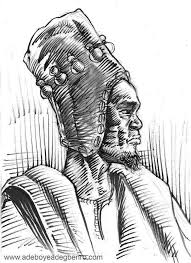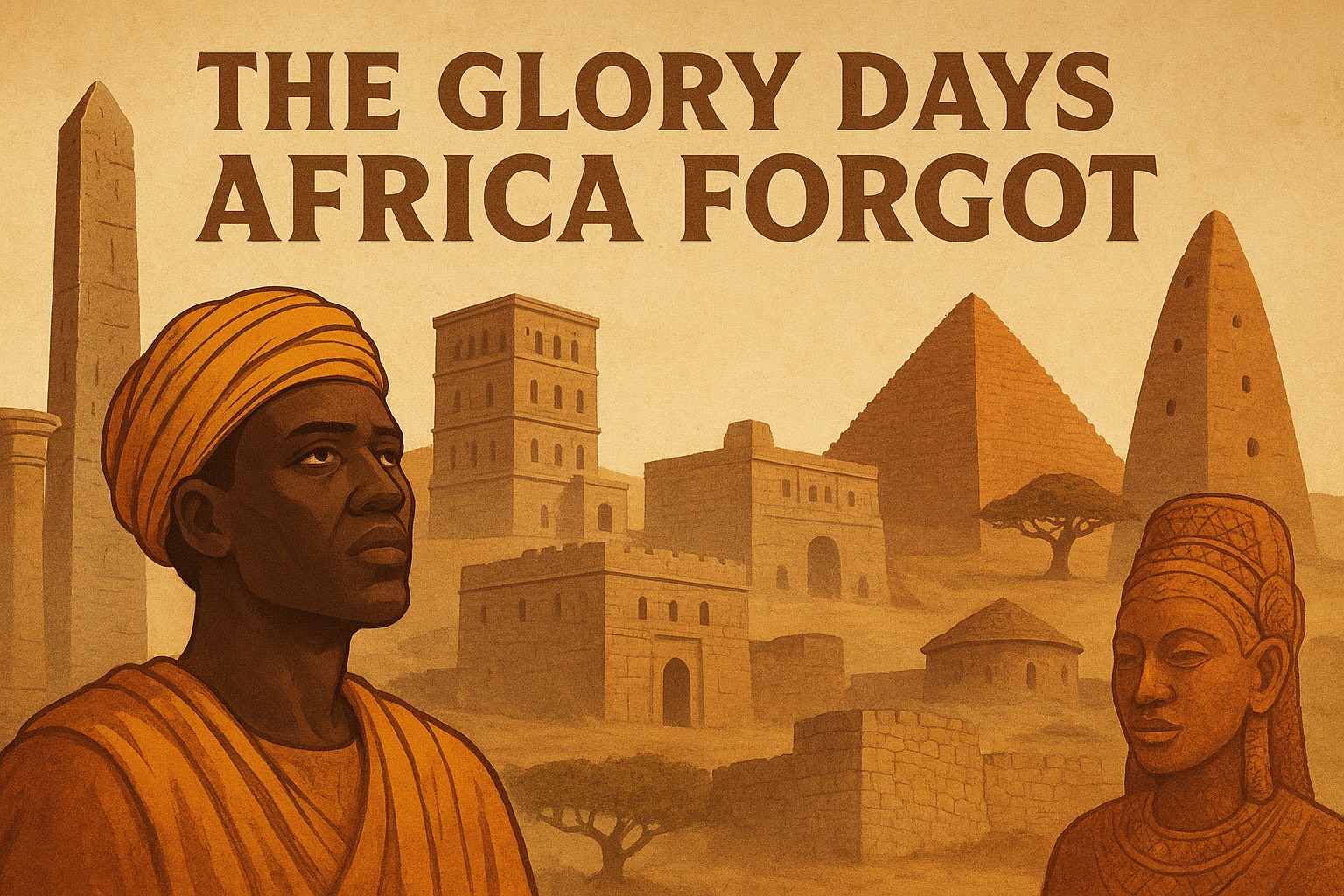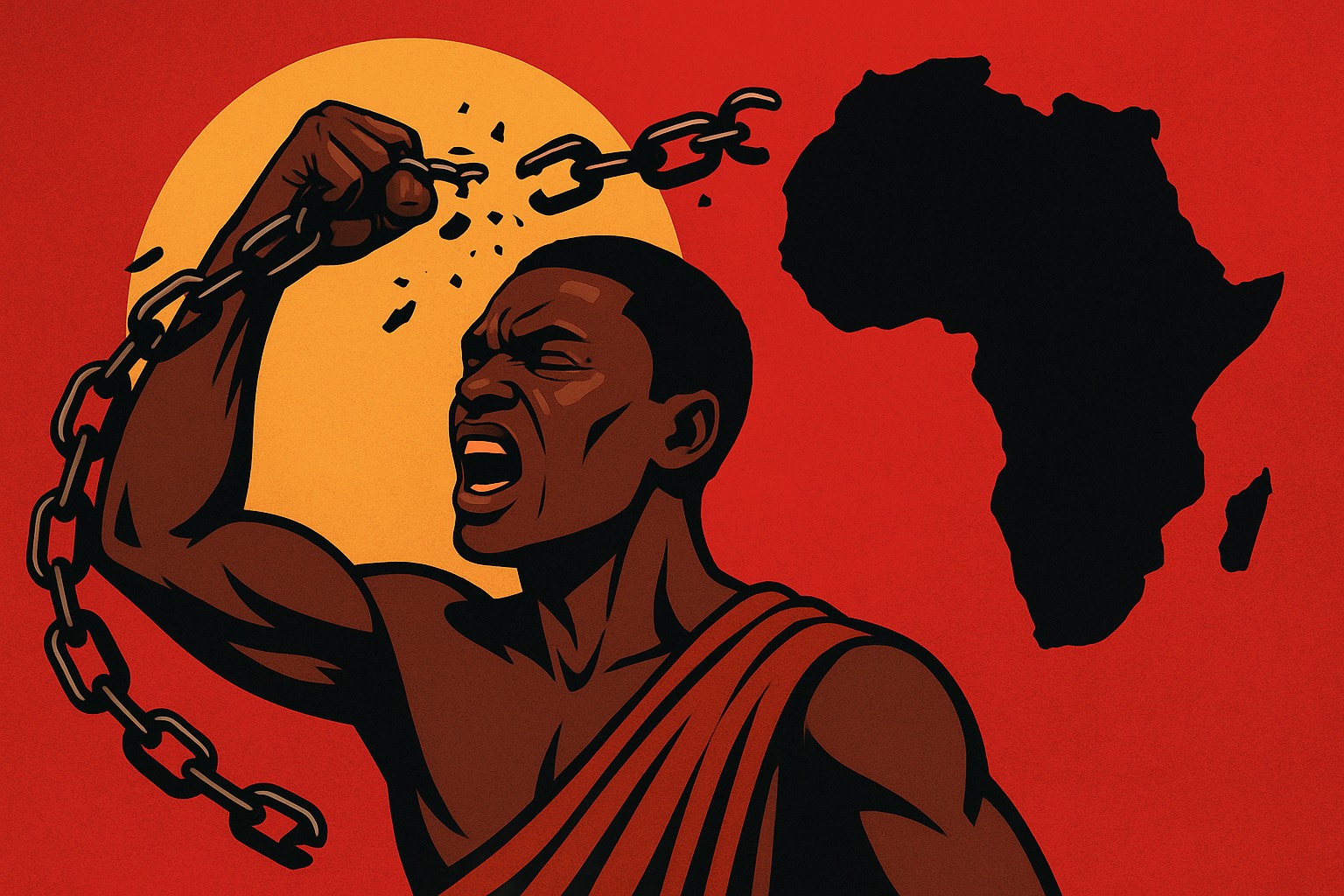Bashorun Gaa the Powerful and Feared Prime Minister of Oyo

Bashorun Gaa the Powerful and Feared Prime Minister of Oyo
Learn about Bashorun Gaa, the powerful and feared prime minister of the Oyo Empire, whose influence and ruthlessness left a lasting mark on Yoruba history.
The Old Oyo Empire, one of the greatest pre-colonial African kingdoms, was home to powerful rulers, fearless warriors, and intriguing political figures. Among them, one man’s name continues to echo through history: Bashorun Gaa, the feared Prime Minister who once wielded power greater than the kings he served.
The Rise of Bashorun Gaa
Bashorun Gaa rose to prominence in the 18th century as the Prime Minister (Bashorun) of Oyo, leading the influential Oyo Mesi (a council of kingmakers). His role was to act as a check on the Alaafin (king) and ensure that the throne was not occupied by a tyrant. However, Gaa himself would become a symbol of unchecked power and terror.
Gaa was a military leader, a cunning strategist, and a feared sorcerer, known for his supernatural abilities, including the alleged power to transform into animals. He commanded absolute loyalty from his followers and built a political structure that rivaled the authority of the Alaafin himself.
A Reign of Power and Tyranny
During his time as Bashorun (1750–1774), Gaa dominated the political landscape of Oyo. He successfully influenced the rise and fall of five successive Alaafins:
- Alaafin Labisi (1750) – Ruled for just 17 days before committing suicide due to Gaa’s threats.
- Alaafin Awonbioju (1750) – Lasted only 130 days before being executed by Gaa.
- Alaafin Agboluaje (1750–1770) – Initially compliant but later committed suicide.
- Alaafin Majeogbe (1770–1772) – Attempted to resist Gaa but failed.
- Alaafin Abiodun (1772–1789) – The only ruler who outwitted and defeated Gaa.
Gaa ruled with an iron grip, appointing his loyalists as governors across the empire and amassing wealth. His children and followers terrorized the people, and his unchecked power turned him into a tyrant rather than a protector of justice.
The Fall of Bashorun Gaa
As his power grew, so did his enemies. The turning point came when Gaa allegedly killed Agbonyin, the beloved daughter of Alaafin Abiodun. Enraged, the king formed a secret alliance with the Are-Ona-Kakanfo (military commander) Oyabi and other noble families to eliminate Gaa.
In 1774, Abiodun’s forces attacked Gaa’s stronghold. The once-feared Prime Minister found himself isolated as the people of Oyo turned against him. His family and supporters were slaughtered, and Gaa was captured.
To ensure he never rose again, Gaa was subjected to a gruesome execution. He was tied to a stake in the Akesan market, and citizens were ordered to cut pieces of his flesh one by one, burning each piece before him. His remains were finally set ablaze to prevent reincarnation—a testament to the fear he had instilled in the kingdom.
The Legacy of Bashorun Gaa
Bashorun Gaa’s reign of power left a lasting impact on Oyo. His death, while marking the end of tyranny, also weakened the empire. The Oyomesi lost its influence, and the Alaafin’s absolute authority led to instability. Eventually, this decline contributed to the fall of the Oyo Empire in 1835.
Gaa’s story serves as a cautionary tale about power, ambition, and betrayal. Today, a Yoruba proverb reminds leaders of his fate: “Bi o laya, ko seka; sugbon bi o ba ranti iku Gaa, ki o so oto”—“If you are brave, be wicked; but if you remember Gaa’s death, speak the truth.”
Conclusion
Bashorun Gaa’s life is a blend of legend and history. He was both a hero and a villain—initially a defender against bad kings but later a tyrant himself. His story remains one of the most fascinating political sagas in Yoruba history, teaching us about the dangers of unchecked power and the inevitable fall of dictators.


